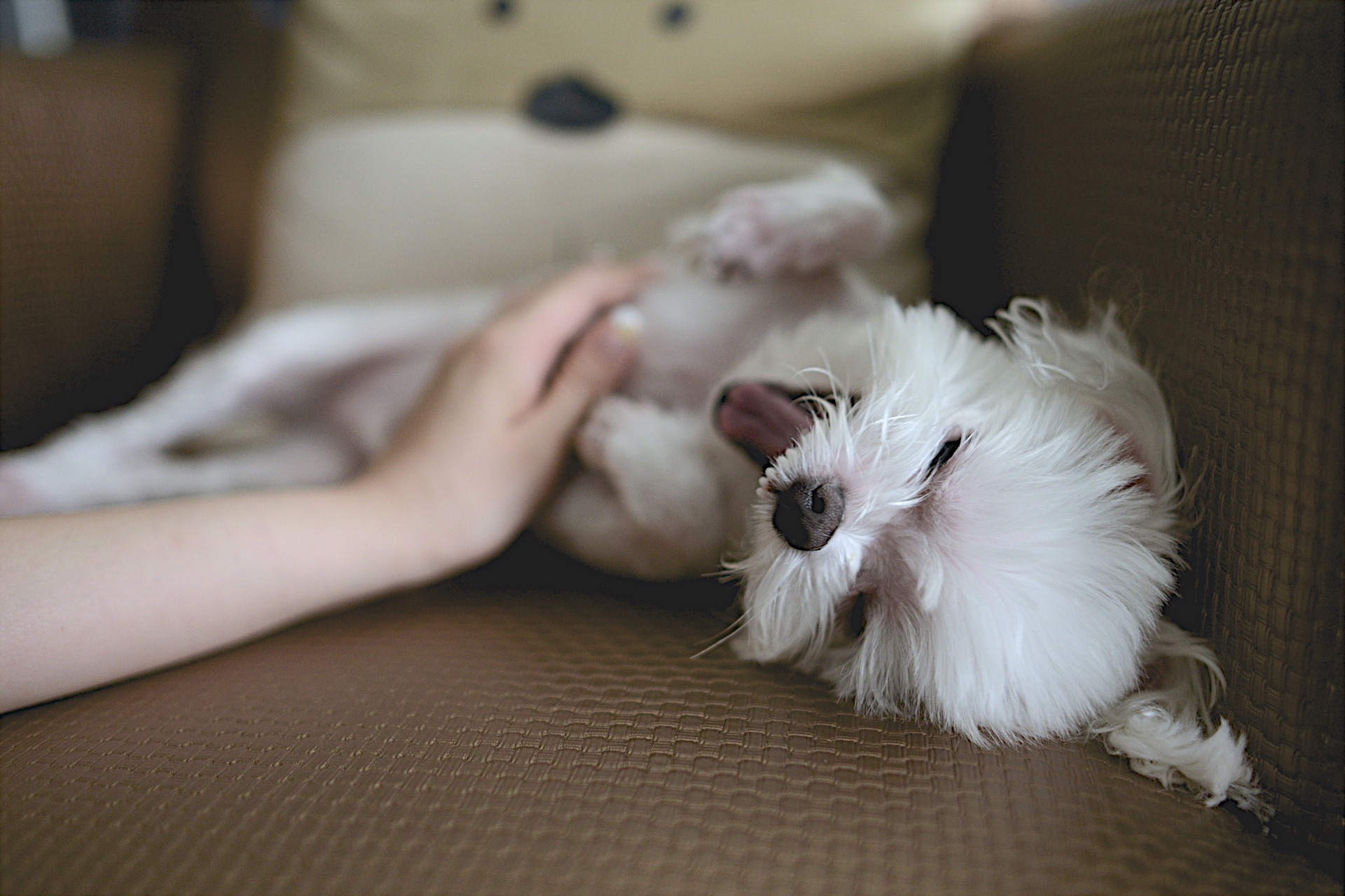Are you seeing lumps, bumps or growths on your pet? No matter what you call them, masses of all kinds, from harmless skin growths to malignant tumors, are actually fairly common in our furry friends.
How Does Your Veterinarian Examine Lumps and Bumps?
While most masses are benign, we recommend examinations and fine needle aspirates for all new growths. This simple procedure allows the veterinarian to determine the nature of the growth by collecting a sample of cells and viewing them under a microscope.
Occasionally, a biopsy may be also be needed. This involves collecting a small tissue sample and sending it to a laboratory for examination.
Some Masses aren't Visible to the Naked Eye
The most noticeable growths will be those on or just underneath the skin. Masses located deeper within the body can only be detected by a veterinarian during a routine exam or through the use of diagnostic imaging, such as an ultrasound or X-rays. Sometimes routine lab work will lead us to search for internal masses. But sometimes we'll look for them based on what you say about your dog or cat's behavior or eating habits, especially if you notice sudden changes.
Why Do Lumps and Bumps Need to be Checked?
It is important to remember that masses themselves may not be painful or bothersome, regardless of the cell type. The only way to know whether a growth is malignant is to perform an aspirate. That means that we can't tell whether your dog or cat is at serious health risk just by looking at a lump or bump with our eyes. Further diagnostics can be vital.
Once a mass has been properly identified, it is important to keep track of any changes in size, color, shape or firmness. If you see or feel any significant or rapid changes, consult your veterinarian.

How Can Masses be Treated?
Depending on the cell type, location and size of the growth, surgical removal or freezing of the tissue may be recommended. Cryosurgery is a great option for smaller lesions, such as warts or skin tags, while surgical excision is best for large or malignant growths, as well as those located in areas that may affect the pet’s quality of life. For example, even a non-cancerous lipoma (or fatty mass) should be removed if it's growing in a location that affects mobility (such as the leg) or comfort (such as the neck).
As your brush, groom, and pet your dog or cat, check for any growths. If you notice a lump or bump, be sure to schedule an appointment with us. Make a note of the location, texture, size, and color so that we can track changes from a good starting point. The sooner you bring in your pet, the better because we want to make a diagnosis and start any treat as early as we can. Contact us with any questions - we're happy to help!
